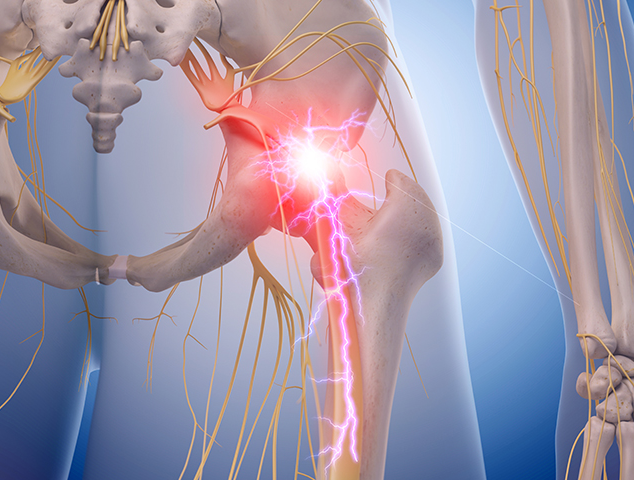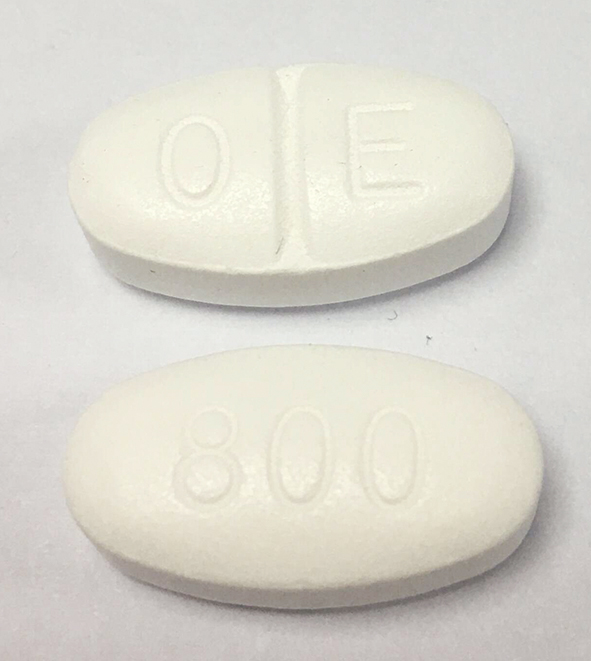Nerve pain (also called neuropathic pain) happens when the nerves themselves are damaged, irritated, or dysfunctional.
It can feel like burning, stabbing, electric shocks, tingling, or numbness — and it doesn’t usually respond well to regular painkillers like acetaminophen or NSAIDs. Here’s a detailed breakdown of how it’s treated:
✅ Most Effective Medications for Nerve Pain
1. Gabapentin (Neurontin)
- Use: Diabetic neuropathy, postherpetic neuralgia, sciatica, nerve-related back pain
- How it works: Calms overactive nerves by affecting calcium channels in the nervous system.
- Side effects: Drowsiness, dizziness, swelling, weight gain
- Notes: Often titrated slowly to reduce side effects. May take a few weeks to see full effects.
2. Pregabalin (Lyrica)
- Use: Similar to gabapentin, often used for fibromyalgia and more severe nerve pain
- How it works: Like gabapentin, but sometimes more potent and faster-acting
- Side effects: Dizziness, sleepiness, swelling, possible euphoria at high doses
- Notes: Controlled substance in some countries due to misuse potential
3. Duloxetine (Cymbalta)
- Use: Diabetic neuropathy, fibromyalgia, lower back pain, anxiety/depression
- How it works: SNRI antidepressant that boosts serotonin and norepinephrine to modulate pain signals in the spinal cord
- Side effects: Nausea, dry mouth, insomnia, dizziness
- Notes: May also help with mood and sleep problems related to chronic pain
4. Amitriptyline or Nortriptyline
- Use: Older tricyclic antidepressants effective for nerve pain (and poor sleep)
- How they work: Affect serotonin and norepinephrine levels in the brain
- Side effects: Dry mouth, drowsiness, constipation, weight gain
- Notes: Often taken at night due to sedation; lower doses than used for depression
5. Topical Lidocaine (Patch or Gel)
- Use: Postherpetic neuralgia (shingles pain), localized nerve pain
- How it works: Numbs the skin and nerve endings directly at the site
- Side effects: Rare — mild skin irritation
- Notes: Good for those who cannot tolerate oral medications
🌿 Herbal and Natural Options
1. Capsaicin (Chili Pepper Extract)
- Use: Topical treatment for nerve pain (e.g., shingles, diabetic neuropathy)
- How it works: Depletes substance P, a pain neurotransmitter
- Notes: Causes burning at first; repeated use reduces this effect
2. St. John’s Wort
- Use: May help with nerve pain and depression
- Warnings: Many drug interactions (especially with antidepressants, birth control, warfarin); use with medical supervision
3. Alpha-Lipoic Acid
- Use: Diabetic nerve pain
- How it works: Antioxidant thought to protect nerves
- Notes: Available as a supplement; may improve nerve function over time
4. CBD (Cannabidiol)
- Use: Chronic neuropathic pain
- How it works: Acts on the endocannabinoid system, modulates pain and inflammation
- Notes: Non-intoxicating; product quality varies; legal status differs by region
🧠 Key Principles for Treating Nerve Pain
- Start low, go slow: Many nerve pain medications need gradual dose increases.
- Sleep and mood: Sleep disturbance and depression can worsen nerve pain, so treatment often addresses these too.
- Multimodal approach: Meds, physical therapy, exercise, mindfulness, and sometimes nerve blocks or electrical stimulation are used together.


